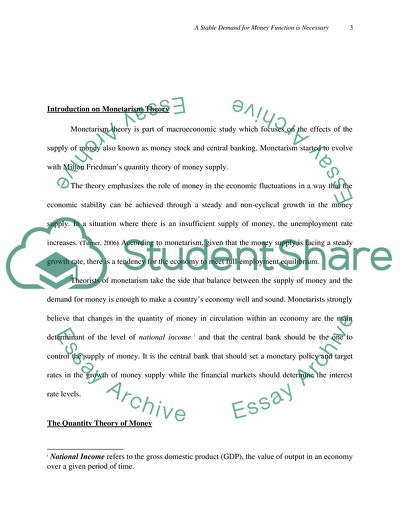Cite this document
(A Stable Demand for Money Function is Necessary for the Success of Term Paper, n.d.)
A Stable Demand for Money Function is Necessary for the Success of Term Paper. Retrieved from https://studentshare.org/macro-microeconomics/1706856-demand-for-money-and-monetarism
A Stable Demand for Money Function is Necessary for the Success of Term Paper. Retrieved from https://studentshare.org/macro-microeconomics/1706856-demand-for-money-and-monetarism
(A Stable Demand for Money Function Is Necessary for the Success of Term Paper)
A Stable Demand for Money Function Is Necessary for the Success of Term Paper. https://studentshare.org/macro-microeconomics/1706856-demand-for-money-and-monetarism.
A Stable Demand for Money Function Is Necessary for the Success of Term Paper. https://studentshare.org/macro-microeconomics/1706856-demand-for-money-and-monetarism.
“A Stable Demand for Money Function Is Necessary for the Success of Term Paper”. https://studentshare.org/macro-microeconomics/1706856-demand-for-money-and-monetarism.


